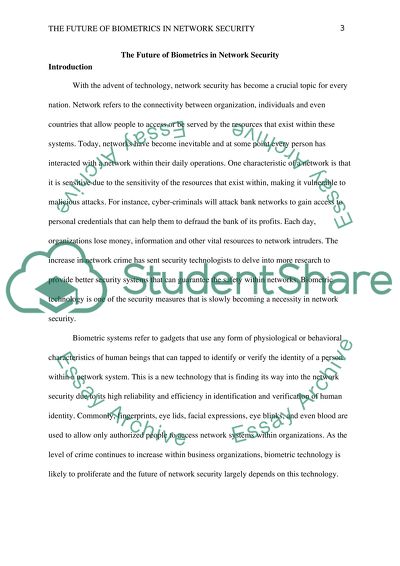Cite this document
(“Future of Biometrics in Network Security Term Paper”, n.d.)
Future of Biometrics in Network Security Term Paper. Retrieved from https://studentshare.org/information-technology/1494476-future-of-biometrics-in-network-security
Future of Biometrics in Network Security Term Paper. Retrieved from https://studentshare.org/information-technology/1494476-future-of-biometrics-in-network-security
(Future of Biometrics in Network Security Term Paper)
Future of Biometrics in Network Security Term Paper. https://studentshare.org/information-technology/1494476-future-of-biometrics-in-network-security.
Future of Biometrics in Network Security Term Paper. https://studentshare.org/information-technology/1494476-future-of-biometrics-in-network-security.
“Future of Biometrics in Network Security Term Paper”, n.d. https://studentshare.org/information-technology/1494476-future-of-biometrics-in-network-security.


